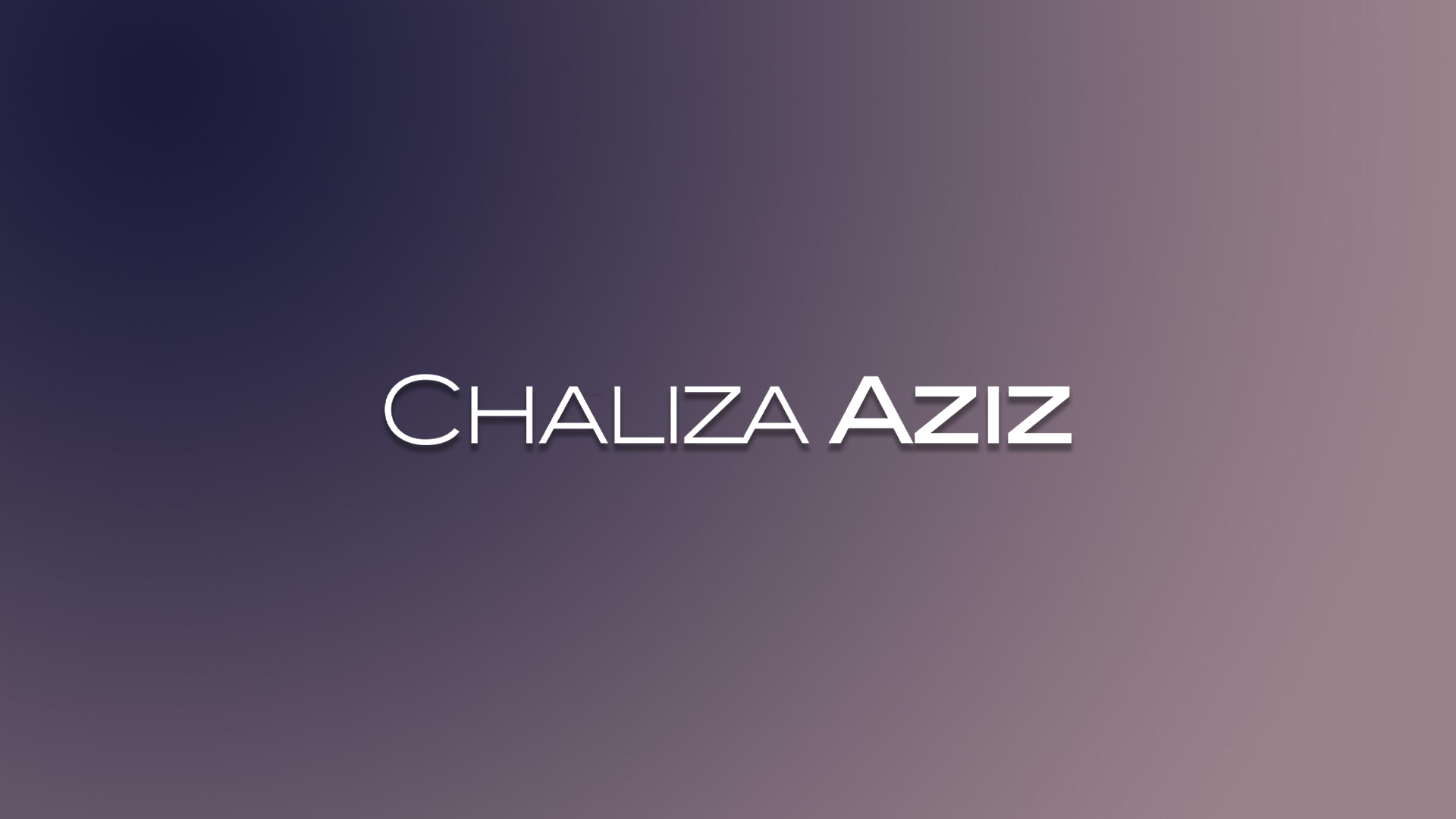UGM OEX, Bringing the World to UGM Students
Project Name: Overseas Education Expo (OEX)
Duration: February – June 2021
Type: Virtual International Education Fair Microsite
Role: University Partner Liaison and Web Developer
The Overseas Education Expo (OEX) 2021 was a turning point for the Office of International Affairs (OIA) at Universitas Gadjah Mada. When global mobility froze due to the pandemic, OIA faced a challenge no one had prepared for: how to sustain global partnerships and help students explore overseas education when borders were closed.
Instead of waiting for normalcy to return, the team decided to transform the annual offline exhibition—once held in GSP UGM with physical booths—into a fully digital event. It was the university’s first-ever attempt at building a virtual expo from the ground up, and it quickly became a defining project of the year.
My Role
I was part of the OEX core team with a dual responsibility. On one side, I worked as a university partner liaison, reaching out to dozens of international institutions, onboarding them through email and direct calls, and ensuring that their brochures, session links, and program details were ready to be featured online.
At the same time, I helped the OIA and DTI UGM teams develop and structure the OEX microsite. The main website lived under oia.ugm.ac.id/oex and was linked to a dedicated event domain at ugm.id/oex, powered by the Directorate of Information Technology’s infrastructure. This setup created a cohesive bridge between OIA’s communication hub and UGM’s digital event environment.
The Platform
The platform was designed to be simple, accessible, and human-centered. It was not just an information site—it was a live experience that connected thousands of students to universities across the world.
The microsite included:
-
A partner university directory categorized by continent and country
-
Individual pages featuring each university’s academic programs and contact points
-
A synchronized live-stream schedule with embedded Zoom links and comment sections for real-time interaction
-
Downloadable resources like brochures, event maps, and booklets
The visual design used orange and UGM blue as the primary palette. Orange represented warmth, creativity, and the collaborative energy of the event, while UGM blue preserved the institutional identity and credibility of the university.
The Process
The project was developed collaboratively through remote and hybrid sprints. I worked partially from BSD and Yogyakarta, alternating between online coordination and in-person sessions at OIA’s central office.
There were challenges along the way: network outages, overlapping time zones, and a fast-moving onboarding schedule. At one point, we even shifted coordination temporarily to UGM’s central office to ensure the platform could go live on time.
We conducted multiple rounds of User Acceptance Testing (UAT) with OIA staff, student volunteers, and partner representatives to ensure smooth performance across devices. Each iteration brought us closer to a stable and reliable system capable of handling thousands of concurrent visitors.
Results and Impact
The three-day event, held from May 28 to 30, 2021, brought together more than 30 partner universities from Asia, Europe, and Australia. Participants included Kyushu University, Universiti Malaya, Ghent University, Monash University, and many others.
In total, the platform recorded tens of thousands of visits. The live sessions gathered thousands of participants, while social media channels gained over 3,000 new followers. More than 50 student organizations and media partners collaborated in promoting the event, making OEX one of UGM’s largest international digital initiatives during the pandemic.
The success of OEX 2021 inspired the continuation of the event in 2022, carrying forward the same structure and community-driven spirit.
Reflection
OEX 2021 was more than a digital project—it was proof that meaningful academic exchange can thrive even when the world is disconnected. It taught me how digital design can serve as a bridge for collaboration, empathy, and opportunity.
Working across teams, time zones, and technical constraints gave me a deeper understanding of what it means to build accessible, human-centered platforms at scale.
Scope of Work
-
Partner university outreach and onboarding
-
Microsite architecture and domain setup
-
Content curation and data management
-
Live session embedding and schedule integration
-
Cross-platform coordination and testing
-
UI and layout design aligned with OIA branding
Process and Methodology
The workflow combined remote coordination with on-site testing. All content was categorized and optimized for accessibility and load performance. The platform was hosted on UGM’s official infrastructure, with coordinated QA and UAT sessions.
Design collaboration was done using Figma and Canva for layout visualization, while communication ran through email, Zoom, and Google Workspace.
Tech Stack
Platform: UGM’s internal web hosting (ugm.id/oex)
Design Tools: Figma, Canva
Communication Tools: Zoom, Google Workspace
Hosting: Cloud-managed under UGM’s infrastructure
Analytics: Internal visitor tracking and UAT logs
Social Media Integration: Instagram, Facebook


